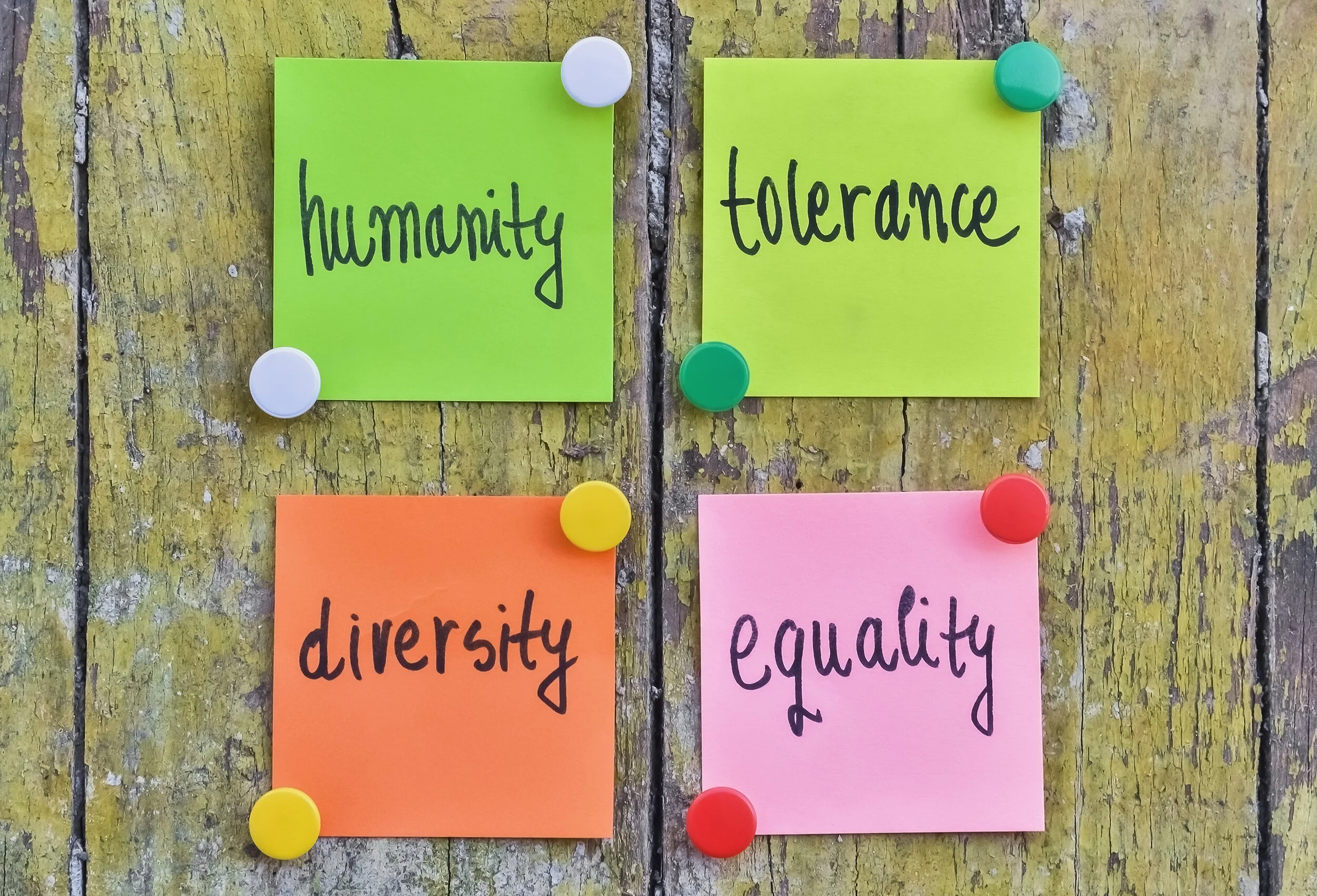A nursing working mother once shared with me that whenever the time came for her to pump milk, she would go to the bathroom to do so. Yes, the bathroom, a space full of germs. Not only was there no lactation room available for her, but when she asked for a chair to make the pumping process easier, she was met with questioning of her intent. Another woman I know also had no lactation room available in her workplace, and she informed me that while she didn’t have to pump in the bathroom, she did have to pump in a small, unclean break room. There were french fries on the floor, lettuce on the table, and a dozen other signs of coworkers who didn’t know how to clean up after themselves. Scenarios like these are widespread. More and more organizations are touting the need for inclusivity in their workplace, but one area that is too often overlooked is the inclusion of nursing mothers.
Breastfeeding discrimination is widespread, with many new mothers like the ones I discussed above being forced to pump milk in bathrooms because there are no lactation rooms available. Situations like these occur despite the fact that in 2010, Congress passed the Break Time for Nursing Mothers law (an amendment to the Fair Labor Standards Act [FLSA]) that requires an appropriate amount of time be provided for breastfeeding parents to pump milk in a private place. Moreover, the law specifies that said private place cannot be a bathroom. It is illegal. How many organizations have violated this law? How many mothers have not even aware their rights?
As aforementioned, many organizations have started making efforts toward greater inclusivity in the workplace, because they truly do want to create a healthier, more welcoming work environment. However for many executives unless they were recently involved with breastfeeding, the idea of accommodating nursing mothers through a lactation room or other means doesn’t even occur to them. Heartbreakingly, too, many women don’t speak up about the inconveniences that they face. The first woman I mentioned gave me her explanation: “I just did it. I didn’t even think about bringing it up to my management.”
A mid-size company recently constructed an amazing big new building, receiving praise from local media for the beauty of the architectural design. The executive team is proud of their new workplace, and perhaps understandably so. But they forgot one crucial component: a lactation room. And it’s not only smaller organizations like this one that struggle to properly accommodate nursing mothers; national ones do, too. Consider the Bank of America.
In 2020, the US Department of Labor’s Wage and Hour Division “investigated and alleged [that the Bank of America] failed to provide reasonable break time and a space free from intrusion for a nursing mother to express breast milk at a Tucson, Arizona, location” in accordance with the FLSA. As a result of this investigation, the Bank of America intends to implement changes in all of their locations to properly accommodate nursing mothers, beginning with the bank in Tucson. These changes include alterations to buildings and training for managers.
Providing a lactation room demonstrates care for staff, emphasizes the importance of family, and supports a woman’s desire to both have a job and be a mother.
Here are four things all organizations should consider when accommodating nursing mothers in their workplace:
1. Provide adequate private space.
Federal law dictates that having new mothers pump in the bathroom at work is illegal. Locations such as a lunchroom are technically legal, but are highly discouraged. Doctors all assert that pumping breast milk is most successful when the mother is relaxed. Lunchrooms sometimes do not lock, and even when they do, constant interruptions by people knocking on the door and asking, “Are you almost done?” or “How much longer do you need?” do not contribute to a relaxing environment. As such, if organizations do not have a lactation room and cannot at the present time build one, they should consider any of the below possibilities:
Converting a space, such as an unused office, into a temporary lactation room. Ideally, this space will be close to the nursing mother’s work station.
Creating an arrangement with a neighboring business to share their lactation facility.
Creating an arrangement with individual owners of a building (such as a shopping center) to provide a lactation room.
Sending a breastfeeding mother to another of the organization’s locations that does have a lactation room. The organization should preferably provide the mother transport to and from this location or compensate her for any money she spends travelling there.
Having a mobile, outdoor breastfeeding station (so long as it is appropriately shielded and free from possible intrusion).
Offering paid time off for the mother to go home or travel to an alternate facility of her choosing.
2. Provide appropriate amenities.
This includes providing reasonable accommodations to make the pumping process pass convenient for the mother:
A comfortable seat in the lactation room.
A small, movable table for the pump machine to rest on.
A lock on the room’s door to ensure privacy.
Access to an electrical outlet for the pump.
Access to a sink for the mother to wash her hands and rinse her equipment.
Incandescent lightning (ideally on a dimmer) rather than harsh fluorescent lighting.
A small fridge for the mother to store breast milk in.
Storing the breast milk in the break room fridge is not ideal. It has been mistaken for coffee cream in the past. If there is no way to provide the mother with a small fridge of her own, organizations should consider designating a specific shelf in the main fridge for her breast milk to avoid any potential confusion.
3. Provide reasonable break time.
Again, federal law dictates that reasonable break time be given for women to pump milk, with the important acknowledgement that the amount of time and the number of breaks will vary with each individual. The following excerpt from the Harvard Business Review outlines basic information for organizations to consider when designating break time for breastfeeding:
“Most nursing parents need 2-3 breaks during an 8-hour workday, depending on their baby’s feeding schedule and their bodies’ needs. Expressing breast milk typically takes 15-20 minutes per session, but sometimes longer. Some additional time is needed to travel to and from the lactation space, set up the pump, disassemble and clean up, and store the milk, which is why providing amenities and a pumping location that allow those to be done efficiently is worthwhile.”
Not only must an organization provide this time for pumping milk, but it is crucial that they do not reduce an employee’s compensation for time spent pumping, either. There should be no shame or negative consequences associated with it.
4. Develop and enforce a written lactation policy.
By having a written lactation policy that includes information about the process for requesting accommodations, an organization can ensure that all individuals higher up on the chain can respond to these accommodations in a timely manner, in a fair manner, and within compliance of the law. This policy both protects organizations from fates such as the one that befell the Bank of America and reassures nursing mothers that they can and should make their needs known. A lactation policy demonstrates that an organization is committed to true workplace inclusion. A sample policy can be found here.
The organization should offer training to staff, especially managers, supervisors, and HR, about their specific policy. For example, how they can respond to lactation requests, and who they might contact if they’re uncertain. These professionals should also receive training about the health and working needs of nursing mothers in general.
At the end of the day, a working mother should never have to choose between her work and her family. Nursing mothers have a right to accommodations in the workplace and it’s about time we started providing them.
Dima Ghawi is the founder of a global talent development company. Her mission is providing guidance to business executives to develop diversity, equity, and inclusion strategies and to implement a multi-year plan for advancing quality leaders from within their organization.
Through keynote speeches, training programs and executive coaching, Dima has empowered thousands of professionals across the globe to expand their leadership potential.






















